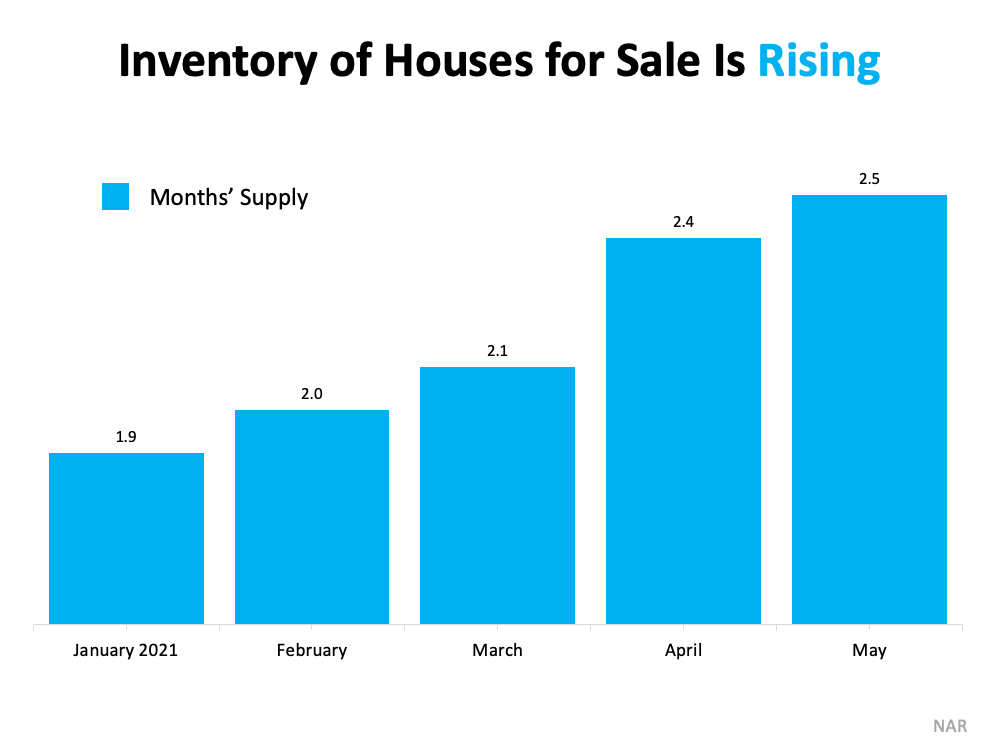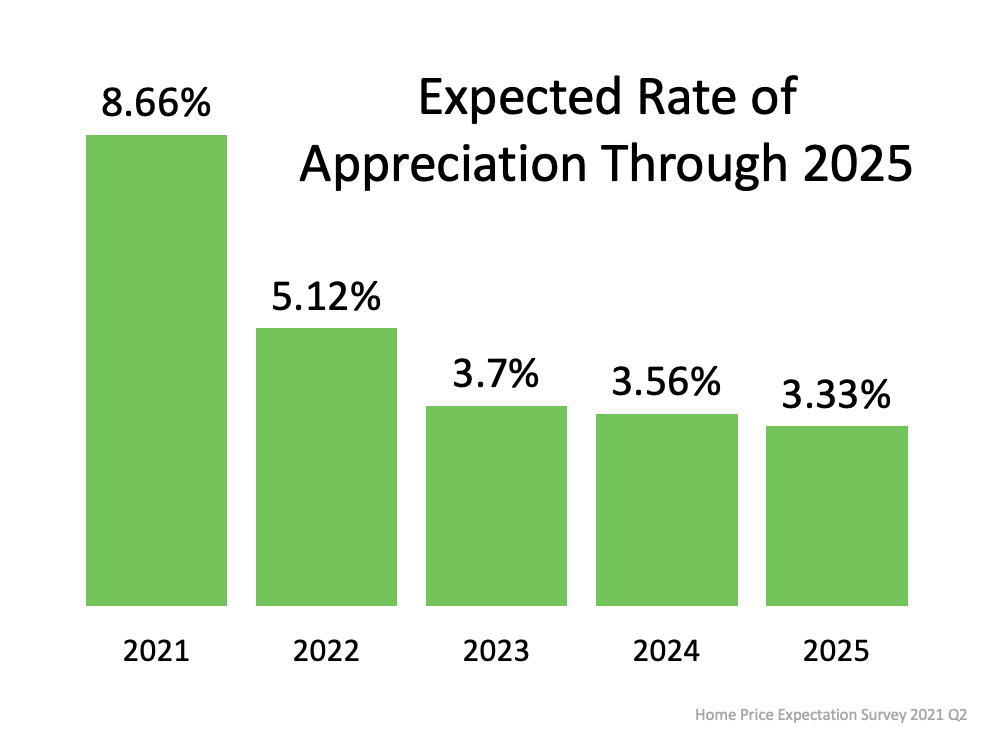Garage Doors for Convertible Spaces
When you think of a garage area, most likely the first thing that comes to mind is a place to store your car or other vehicles. You might also picture some shelving or storage on some of the walls, but for most people, the garage is largely a single-purpose structure. It doesn’t have to be this way, however; for an increasing number of homeowners, the garage is becoming a multipurpose room with easy access to fresh air, light, and the outside in general via the garage doors.
There are a lot of options available when it comes to converting a garage into some other space. To really get the most out of these conversions, you might consider upgrading or changing your garage door as well. The type of door that you have can make a big difference in the overall effectiveness of your converted space, so here are some things you should keep in mind when choosing your new garage door.
What Will You Use It For?
There are several ways that you could use a garage for something other than just storing your car and little bits of assorted outdoor junk. Common garage conversions include building a personal gym, making a craft room or other creative space, creating a lounge area that connects to an external patio, or even making a learning space for children who are learning from home. You might be surprised at how much of a difference some paint and the right flooring can make when it comes to a garage space!
Regardless of what you use the space for, you’ll likely want to change out the garage door to get the most out of the space. While having the option to open the door to increase access to your garage space is usually desirable, having a solid garage door probably won’t be ideal for the garage’s new purpose. That’s why it’s important to think about the actual purpose of the room, since that can affect the type of garage door you need.
Choosing the Right Door
There are a few different garage door options that you might choose depending on your needs. While some garage doors have small window spaces and that can be useful if you just want to add a little bit of light, garage doors made of clear plexiglass panels can provide much more light and a largely unobstructed view, which is ideal if you are using the garage space as a lounge area or have plants growing inside. Side-mounted garage doors that roll back along a side wall instead of the ceiling can also be useful, allowing you to control the size of the entryway if the converted area is being used more as a standard room. If you plan to decorate the door like you would any other wall, a single-panel garage door that opens without bending or rolling might be your best bet.
These are only a few of the options that are available when it comes to picking a garage door that meets your needs. Some options even work as add-ons that can work with many door types, such as a screen that allows fresh air and light in while the door is open but keeps out the bugs and other unpleasantness much like a standard screen door would. These sorts of add-ons provide even more possibilities and allow you to further customize your garage space to meet your specific needs.
Garage Door Installation
Whether you’re doing a complete remodel of your garage space or simply want a different door to make the area more useful, you’re likely going to want your new door professionally installed. You may even need a contractor to help you convert your garage into the convertible space you have in mind. Whatever your needs are, HomeKeepr can help. Sign up for a free account today to connect with the pros you need to get the job done.













